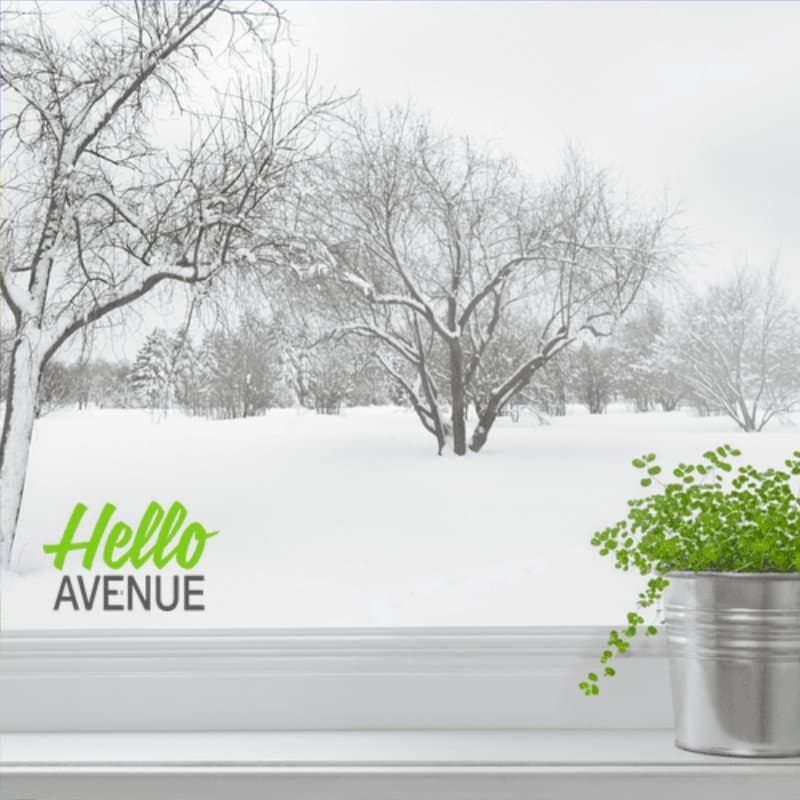
Due to the dry conditions this winter, it is a good time to consider watering the plants around your home. According to the experts at Colorado State University:
- Water trees, shrubs, lawns, and perennials during prolonged dry fall and winter periods to prevent root damage that affects the health of the entire plant.
- Water only when air and soil temperatures are above 40 degrees F with no snow cover.
- Established large trees have a root spread equal to or greater than the height of the tree. Apply water to the most critical part of the root zone within the dripline.
- Dry air, low precipitation, little soil moisture, and fluctuating temperatures are characteristics of fall and winter in many areas of Colorado. Often there is little or no snow cover to provide soil moisture from October through March.
- Trees, shrubs, perennials and lawns under these conditions may be damaged if they do not receive supplemental water.
The result of long, dry periods during fall and winter is injury or death to parts of plant root systems. Affected plants may appear perfectly normal and resume growth in the spring using stored food energy. Plants may be weakened and all or parts may die in late spring or summer when temperatures rise. Weakened plants also may be subject to insect and disease problems.
Plants Sensitive to Drought Injury
Woody plants with shallow root systems require supplemental watering during extended dry fall and winter periods. These include European white and paper birches; Norway, silver, red, Rocky Mountain and hybrid maples; lindens, alders, hornbeams, dogwoods, willows, and mountain ashes. Evergreen plants that benefit include spruce, fir, arborvitae, yew, Oregon grape-holly, boxwood, and Manhattan euonymus. Woody plants also benefit from mulch to conserve soil moisture.
Herbaceous perennials and ground covers in exposed sites are more subject to winter freezing and thawing. This opens cracks in soil that expose roots to cold and drying. Winter watering combined with mulching can prevent this damage (See fact sheet 7.214, Mulches for Home Grounds.)
Lawns also are prone to winter damage. Newly established lawns, whether seeded or sodded, are especially susceptible. Susceptibility increases for lawns with south or west exposures.
Watering Guidelines
Water only when air temperatures are above 40 degrees F. Apply water at mid-day so it will have time to soak in before possible freezing at night. A solid layer (persisting for more than a month) of ice on lawns can cause suffocation or result in matting of the grass.
Plants receiving reflected heat from buildings, walls and fences are more subject to damage. The low angle of winter sun makes this more likely on south or west exposures. Windy sites result in faster drying of sod and plants and require additional water. Lawns in warm exposures are prone to late winter mite damage. Water is the best treatment to prevent turf injury (see Clover and Other Mites.)
Are you out enjoying this fantastic weather?
